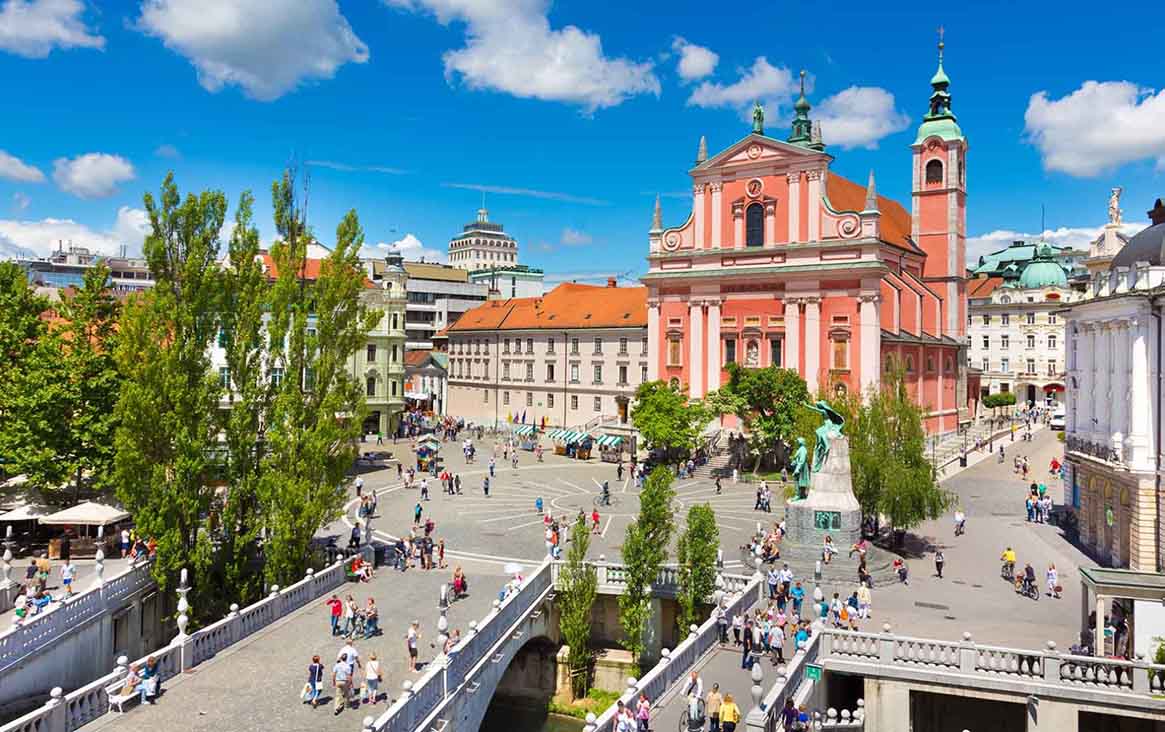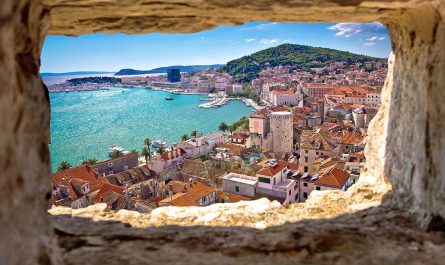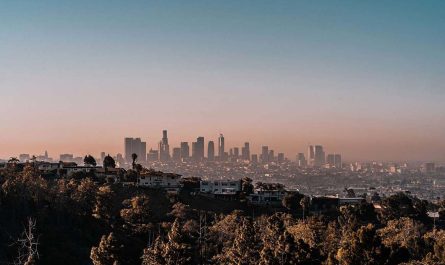When I first set foot in Slovenia, my journey began in Ljubljana. Often dubbed the “Green Capital of Europe,” this city is both old and young, serene yet full of vitality. It lacks the hustle and bustle of major metropolises but possesses a quiet magic that makes you want to slow down and look around.
After spending a few days in Ljubljana, I gradually became familiar with its rhythm and daily practices. Some habits, if not understood in advance, can feel confusing at first. Others, like the transportation system, might seem complicated but are incredibly convenient once mastered. To help make your trip smoother, I’ve compiled eight essential local customs and travel tips from my own experience. Hopefully, they’ll offer you clarity and comfort during your stay in Ljubljana.
1. Coffee Culture Runs Deep: Don’t Rush with a Takeaway—Sit Down and Savor
In Ljubljana, nearly every few steps along the street, you’ll find a café. Coffee here isn’t just a way to stay alert—it’s a social ritual, a lifestyle.
My first coffee was at a café near Prešeren Square. I intended to finish my espresso in ten minutes but ended up sitting there for over an hour, drawn in by the leisurely atmosphere. Sidewalk tables were packed with people chatting, reading, and soaking up the sun. I soon realized that coffee culture in Ljubljana is all about slowness and presence.
If you truly want to experience the city, find a café on a street corner. Even if you’re only ordering a latte, sit down. Listen to the conversations around you and watch people come and go. That’s where the real stories of travel unfold.
2. Tipping Isn’t Mandatory, But It’s a Kind Gesture
In Slovenia, restaurants don’t automatically add a service charge to the bill. So if you’re happy with the service, leaving a tip is a polite gesture, not an obligation.
The first time I paid my bill, I asked the server about tipping. She smiled and said, “If it makes you happy, go ahead.” I later learned that locals usually add around 5–10% to their bill or simply leave the loose change. Drivers, guides, and hotel porters also commonly receive small tips as a thank-you.
There’s no heavy “tipping culture” pressure here like in the U.S., but a small token of appreciation often leads to a warm smile and even more thoughtful service.
3. Say No to Single-Use Plastics: Eco-Friendliness Is a Lifestyle
Ljubljana was the first city to be awarded the title “European Green Capital.” Here, environmental consciousness is ingrained in everyday life. Whether shopping at a supermarket or buying fruit at a market, plastic bags are nearly nonexistent.
When I bought fruit at the central market, the vendor didn’t offer a bag—instead, she pointed to reusable cloth ones hanging beside her stall. Cold drinks come with biodegradable paper straws, and trash bins are meticulously divided into plastic, paper, and organic waste.
If you plan to stay in Ljubljana for more than a day or two, I recommend bringing your own shopping bags, reusable bottles, and utensils. It’s not only about aligning with local habits but also about contributing to a more sustainable journey.
4. Public Buses Are Everywhere, But You’ll Need an “Urbana” Card
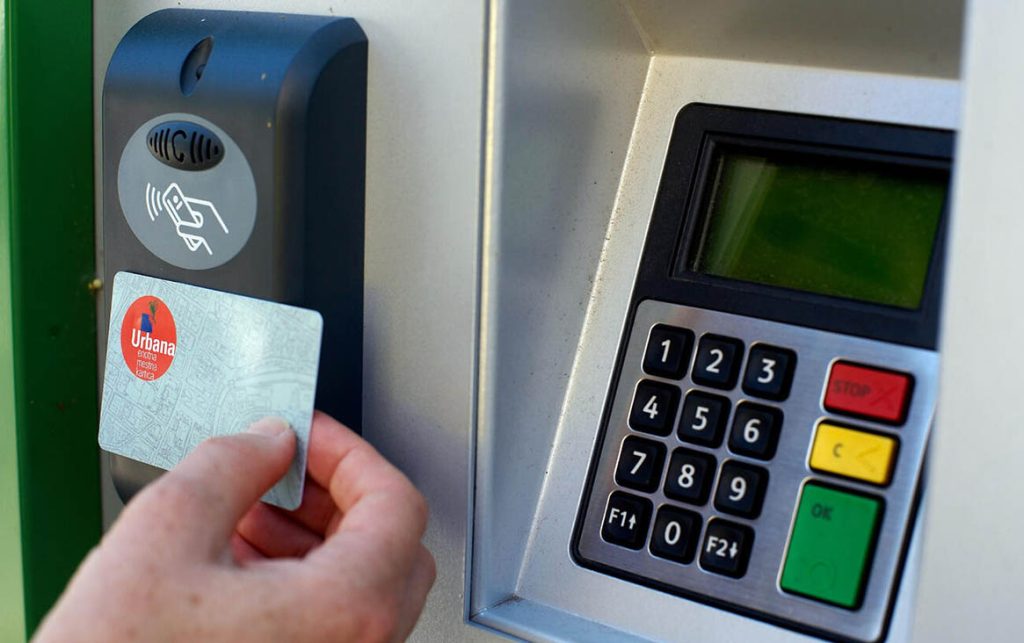
Ljubljana’s public transportation network is extensive, but unlike some cities, you can’t pay with cash on the bus. To ride, you’ll need a prepaid card called “Urbana.”
At first, I didn’t have one and thought I could just pay the driver. He politely refused. I later purchased the card at a newsstand in the city center (it costs €2), loaded it with credit, and found that each ride only requires a single tap—unlimited transfers are allowed within 90 minutes.
The Urbana card can also be used for the funicular to the castle, libraries, some public bike stations, and even public toilets. It’s essentially your daily life pass in Ljubljana. I recommend getting it on your first day in the city—it’ll save you time and hassle.
5. No Cars in the City Center: Walking Is the Best Way to Explore
If you’ve booked a hotel in Ljubljana’s Old Town, be aware that most of the streets there are pedestrian-only—no motor vehicles allowed. Even taxis have to stop at designated drop-off points on the outskirts. This regulation might come as a surprise if you’re used to door-to-door service, but it’s an intentional design that preserves the city’s charm and tranquility. When I arrived with my luggage, the GPS showed I had 200 meters left to go, but the taxi couldn’t proceed further. I had to walk through a narrow alley to reach my accommodation. Though a bit inconvenient at first, the walk allowed me to instantly soak in the city’s relaxed pace and picturesque architecture. Many hotels provide maps that mark the closest parking areas or bus stops, and some even offer luggage porter services upon request. That’s part of why the city feels so calm—people experience Ljubljana through their footsteps and senses, not car windows, and that alone sets the tone for a more mindful journey.
6. Biking Is an Ideal Way to Get Around: City Rentals Are Simple and Cheap
Walking is great, but for longer distances or visiting areas outside the Old Town, bikes are a fantastic option. Ljubljana has a public bike system called “Bicikelj” that’s both user-friendly and eco-conscious. The registration process was straightforward—I registered online, linked a credit card, and paid a symbolic yearly fee of just €3. The system has over 40 stations across the city, strategically located near major landmarks, parks, and transit hubs. The first hour is free, and after that, it’s only €1 per hour—perfect for short commutes or exploring nearby neighborhoods. What impressed me most was how seamlessly biking fits into daily life here. Dedicated bike lanes are everywhere, well-maintained and clearly marked, often separated from vehicle traffic. Cars stop for cyclists at crossings, and pedestrians stay aware. Cycling through Ljubljana is a true pleasure—whether gliding along the Ljubljanica River or pedaling through Tivoli Park, it offers a unique freedom and connection with the city.
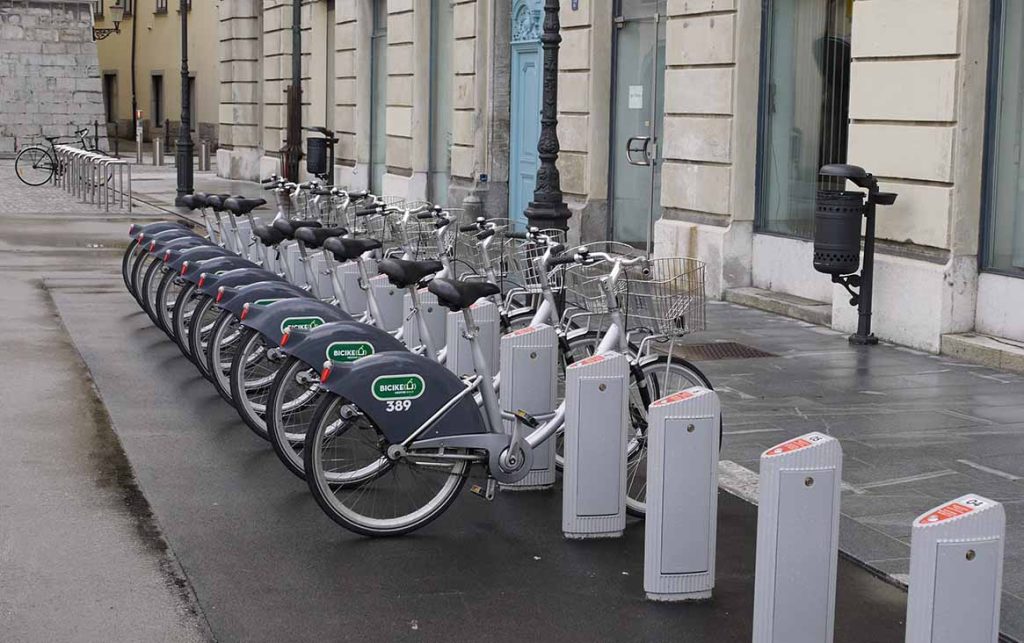
7. Slower Weekends: Know the Opening Hours for Shops, Banks, and Post Offices
Ljubljana’s pace is relaxed, especially on weekends, and that’s reflected in the opening hours of its essential services. Most shops close by 6 PM on weekdays, even earlier on Saturdays, and nearly everything shuts down on Sundays—including pharmacies, post offices, and banks. If you’re used to 24/7 access back home, this can require some adjustment. I once needed medicine on a Sunday afternoon, only to find all the pharmacies closed. I had to go to a hospital’s emergency pharmacy, which was thankfully available but involved a long wait. After that, I made it a habit to handle all errands during the workweek—whether stocking up on snacks, exchanging currency, or sending postcards. That said, restaurants, cafés, and bars remain open on weekends—and they’re often even livelier, especially when locals gather for family lunches or weekend coffee breaks. So plan your errands for weekdays, and reserve your weekends for leisure and exploration—you’ll appreciate how this rhythm encourages you to truly unwind.
8. The City Is Small, but Time Feels Stretchy Here
Maybe it’s the absence of traffic noise, or perhaps it’s the slow, deliberate pace of conversation and movement—Ljubljana made me feel like time stretched out. Even with only two or three sites on my agenda each day, I never felt like I was missing out.
I once sat atop Castle Hill for two hours just to watch the light shift across the rooftops. Another time, I lingered by the Dragon Bridge for an entire afternoon, people-watching and enjoying the breeze. This kind of “doing nothing” isn’t laziness—it’s a way of syncing with the city’s heartbeat.
If you’re only staying in Ljubljana for a day, I suggest letting go of the pressure to rush from sight to sight. Give your time to the coffee, the river, the sun, and the breeze. Slowing down, diving in, and savoring every small detail might just become your most cherished memory.
Ljubljana isn’t the kind of city that dazzles at first glance, but it’s like a book you can’t put down once you start reading. It doesn’t scream for attention, but it’s genuine. It isn’t fiery, but it’s warm. A few days here can show you how a city expresses beauty and order through the smallest details—and how to approach both travel and life with more ease and presence.
If you’re planning a trip to Ljubljana, keep these eight customs and transportation tips in mind. They might save you some confusion and offer a deeper sense of belonging. And perhaps, on a quiet street or beside the Ljubljanica River, you’ll discover your own rhythm and story.
